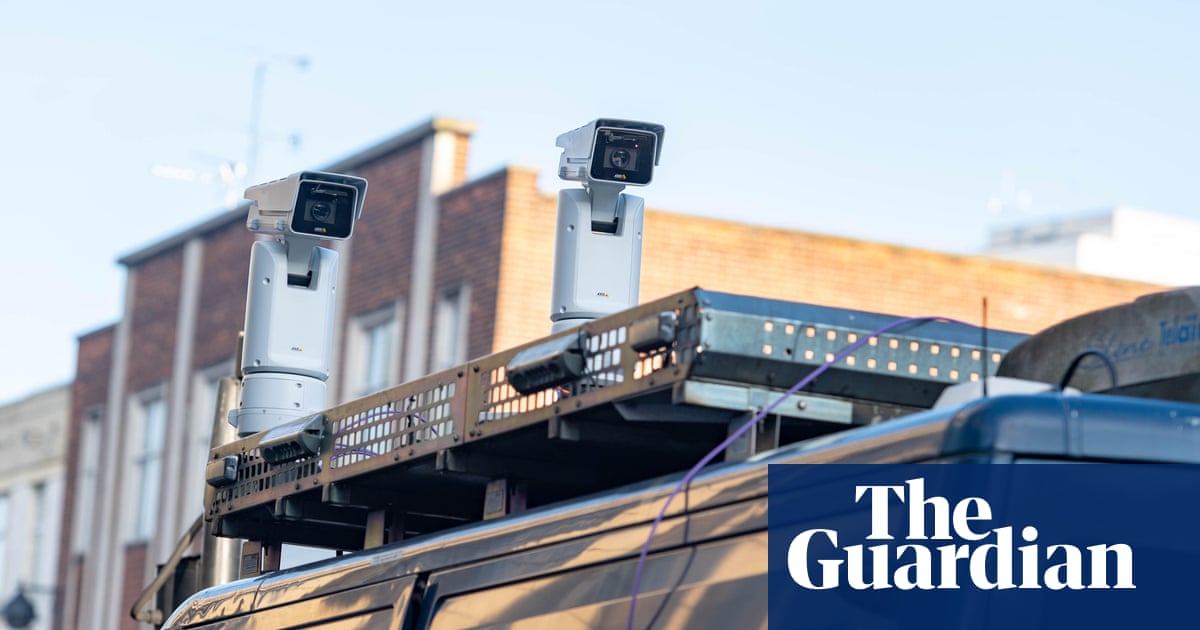Get the latest tech news
Using a Cellphone’s Built-In Compass To Measure Glucose, Toxins and More | The compass in your cellphone could also be used to accurately measure the concentration of glucose and environmental toxins.
The compass in your cellphone could also be used to accurately measure the concentration of glucose in blood.
Now a team of researchers at the National Institute of Standards and Technology (NIST) has developed a technique that uses an ordinary cellphone magnetometer for an entirely different purpose — to measure the concentration of glucose, a marker for diabetes, to high accuracy. The same technique, which uses the magnetometer in conjunction with magnetic materials designed to change their shape in response to biological or environmental cues, could be used to rapidly and cheaply measure a host of other biomedical properties for monitoring or diagnosing human disease. In their proof-of-concept study, Zabow and fellow NIST researcher Mark Ferris clamped to a cellphone a tiny well containing the solution to be tested and a strip of hydrogel — a porous material that swells when immersed in water.
Or read this on r/tech

